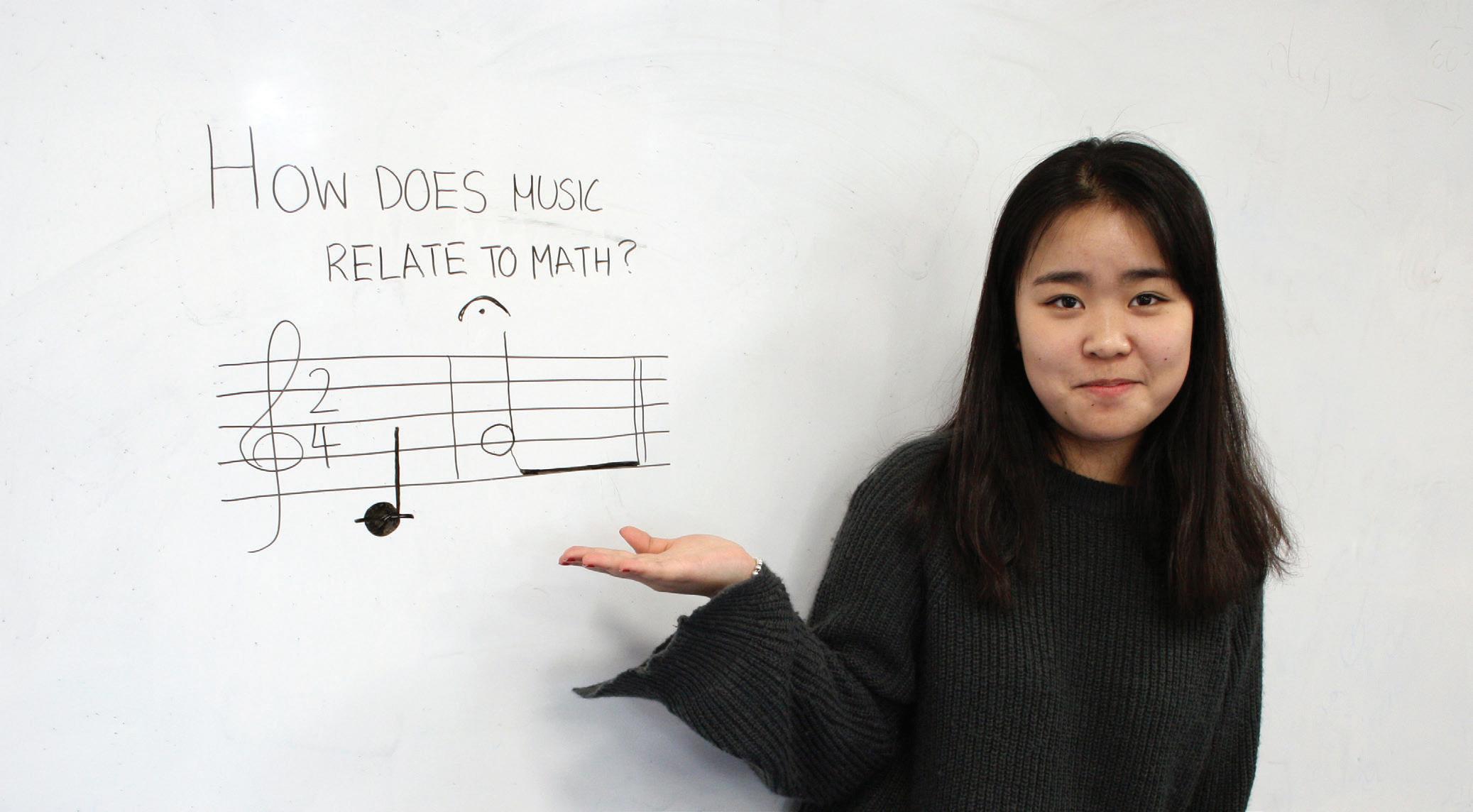
5 minute read
Teaching and Learning for Intercultural Understanding, by Debra Rader
Teaching and Learning for Intercultural Understanding Engaging Young Hearts and Minds
By Debra Rader Abingdon: Routledge (2018) Reviewed by Gustavo M Lanata
In producing this title, Debra Rader has given educators a book well worth taking the time to read. She has an impressive CV in a number of areas in the field of education, which includes over 30 years of working in primary schools. Today she works as an international education consultant, as well as developing programmes with a focus on intercultural understanding. This experience notwithstanding, her book is presented to the reader through the clear mind-set of a primary school teacher. This is evident in the first line of the Acknowledgements where she states that ‘The writing of this book has truly been an emotional, spiritual and intellectual journey’. Her approach towards the craft, science and art of teaching is full of such references, and it is my guess that this aspect of Debra Rader’s writing will shine through to anyone who has spent time as a professional educator. The book is a manual designed to help those walking into a classroom filled with non-native and non-local learners to create an environment that is full of opportunity for everyone to learn. Despite being written with a primary school focus, the book is also of value for those working in secondary and tertiary education and, I would argue, essential reading for all in the field of education.
The first thirty-seven pages of the book are dedicated to expressing the importance of including every child in a class and making them feel welcomed in the learning environment. The book provides simple-to-follow suggestions that will help each reader to accomplish this task. Compelling Pedagogy for Our Times, as the first part is titled, is divided into three chapters and deals specifically with the importance of intercultural understanding. Chapter one (What is intercultural understanding?) asks a difficult question, but Debra Rader answers it by telling us that it is the ability to see beyond the context of our life. We need to see how others think and see life around them. We must be open-minded and be caring and kind to all, so that those around us feel equal and empowered. Although, as she reminds us, intercultural understanding – also referred to as intercultural competence – has no current agreed-upon definition, she provides the reader with a framework that may be used in any classroom. Chapter two (Why is teaching and learning for intercultural understanding imperative?) takes the reader to the next important step in understanding our role as teachers in today’s classroom. Debra Rader explains that as we see our world becoming ‘smaller’ we are faced ever more frequently with the reality of people being placed in situations that require quick responses to new environments. Areas and regions of the world are in a state of almost constant demographic change, which demands that educators understand as
much as possible the varied experiences, languages and cultures that today’s learners bring to their classrooms. Debra Rader reminds us that intercultural understanding does not happen naturally and for that reason we must learn to teach it effectively.
Chapter three (Starting with ourselves: reflection and selfknowledge) challenges all teachers to look at themselves. This is very important in encouraging each of us as individuals to reflect on our own route to becoming a teacher. It allows us to become more aware of what we know and what we do not know. It helps us to recognise our own prejudices. It is a reminder of what we experienced to become who we are, imperative in helping us to remember that children should be honoured for all they bring to the classroom.
Part two of the book (Teaching and Learning for Intercultural Understanding) is divided into six chapters, 4 through 9, which I separate here into two sections. Chapters four through seven form the first half of the second part of the book, providing educators with a plethora of lesson plans that are designed to explore and discover language, culture, and individual identity. The lessons are designed not only to be instructional tools for a teacher to present in class, but also to bring all learners together in a meaningful and engaging way. In Chapters eight and nine the author expands her lessons to incorporate topics and issues that go beyond the classroom. She considers the importance of developing skills for life, in highlighting that what learners take from the classroom will be useful well past their schoolboy/girl days.
Part three of the book ends with ideas on how to bring all this learning together so that the classroom can be a place for all to learn. This section is the shortest, which should not be seen as a negative but rather as a positive as the words in the first two parts of the book have been so clear to follow that not much else needs to be said. The appendices are very helpful and add to the overall usefulness of this well-written and easy-to-use manual.
Despite this book’s fine preparation, it should not be assumed that all will always go smoothly as expressed in this book. My guess is that Debra Rader did not become a skilled professional overnight, since all good work comes with hours of practice and much refining. My closing point, though, reiterates the point made at the beginning of this review: this book contains information that educators of all levels, primary, secondary and tertiary will find relevant and interesting. It should be kept close by to refer to frequently.
Gustavo Lanata has had a number of roles in international education including school director. He is currently based in Genoa, Italy.
Email: gmlanata@yahoo.com
The leading global guide to international schools – are you featured?

• Check your school’s listing and let us know of any updates needed • Promote your school with up to 800 words, logo, photo and social media links • Feature on new ‘country profile’ sections, exploring the international education sector across the globe • Read news about international schools and articles from school leaders, teachers, universities, consultants and associations









